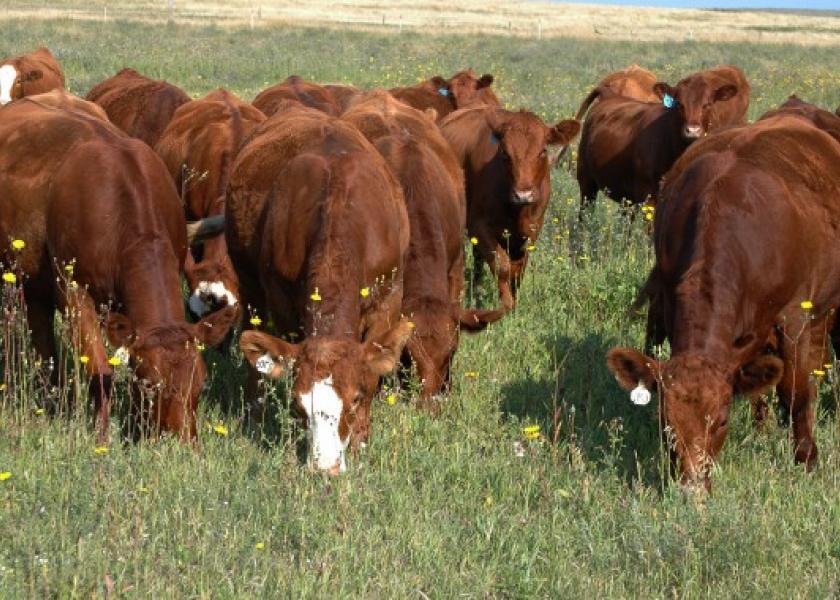Creep Grazing

This week we re-visit the potential benefits of creep grazing. While creep feeding, based on grains, has been studied in the animal science field for many years and quite a lot of data is available, typically when the question of whether creep feeding is cost-effective practice comes up. The simple answer for commercial cow/calf operations is “not in most circumstances”. This is particularly true for spring calving operations. Calf weaning weights can be increased anywhere from about 20 to 80 pounds. However, in most cases, the value of added weight gain will not cover the added expenses of creep feeding. Even so, not all operations make this decision based on the economics. For example, seedstock producers may have entirely different objectives when it comes to creep feeding. Chief among those include marketing and expression of genetic potential for growth.
Creep grazing, on the other hand, has potential to be a more cost effective solution. Creep grazing programs can produce additional calf gains using forage rather than the traditional grain-based creep diets. There are many ways to adapt this system to each individual situation, but the bottom line is that it must be profitable.
Most forages can be used for successful creep grazing as long as they are high in nutrient quality and readily available. Time of year will affect which forage is used for creep grazing. During the warm season months, most producers will use legumes, pearl millet, or sorghum-sudan grass. During the cool season months, annual grasses like rye, oats, wheat or ryegrass will be used. Two different methods have been used to allow calves access to creep forage while keeping cows out. One method is to build a typical creep gate with entrance slots 18 inches wide and place the creep gate in the fence line or at the gate separating the creep grazing area from the main pasture. Another method is to use one strand of electric wire to allow calves to graze while keeping cows out. Placing this single strand of wire 36 to 42 inches above the ground will allow calves to pass under while keeping the cows out.
Similar to grain creep feeds, the added weight gain from creep grazing depends on pasture quality. Regardless of forage quality, if forage quantity is a problem, creep grazing should have a positive effect on calf performance. Daily gains tend to be less than the full fed energy creep systems. Daily gains are usually increased by 10 to 20 percent with creep grazing. However, improvements in daily gains of 0 to 50 percent have been reported. This underscores the effects that pasture quality and quantity exert on gains of creep-grazed calves.
Creep grazing has a few other indirect benefits. One is that calves do not get as fat as when they are fed a grain-based creep feed and may not receive price discounts often applied to calves fed an unlimited high energy creep feed. Replacement heifers may get too fat if fed a grain-based creep feed and have reduced milk production. This problem is less likely to occur when using forage as a creep feed.
Most experiments that track cow weight change and calf milk intake show that calves consume all the milk available whether they are fed creep fed or not. Creep feeding simply does not change or improve cow weights or body condition. Calves prefer milk first, palatable creep feed second, then forage.







